School Calendar is a Collaboration of Cultural Celebrations
How DIS Holidays Consider Both Korea and America
January 10, 2022
Despite some students complaining that we don’t get enough days off for some of the smaller Korean holidays, DIS actually gives more or less the same amount of breaks as other international schools around the Korean peninsula. The source of the misunderstanding stems from the fact that in general, our breaks are longer and less spread out: we get lengthier breaks during Chuseok and Spring Break, as well as American Thanksgiving where we take two full days off for this occasion, while other international schools only give either one day (or even less, as a half-day) to celebrate.
Mr. Jolly provided clarifications on how the school calendar is constructed: “We sometimes take into account the holidays of other international schools in Korea, and we talk with parents, PTOs, and teachers to decide what would best fit in our community. Every year we need to use different strategies to balance holidays and put enough school days into the calendar so that it’s enough time for students and the community.”
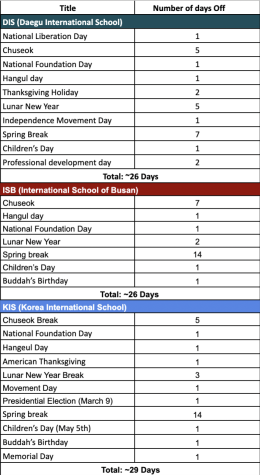
When Mr. Jolly was asked why DIS had decided to take some of the holidays that used to not be school holidays days off, he answered that “Holidays are generally set for us beforehand: the Korean government created more holidays that are mandatory. In the past, perhaps some admin members didn’t take into account some of the holidays that are possibly important to Korean citizens… we took into account that if a parent has that holiday, it would certainly be nice if their child could also take that day off… which would be great for us, too!”
“Each year, schools are mandated to have certain amounts of school days [annually], so we count them up singularly to the whole year until we have 175-176 days… which is mandated by the Korean law. Sometimes we had an extra one or two days off, in case of a snowstorm or typhoon, so if the date gets canceled, we still have enough school days,” Mr. Jolly explained.
“For 22-23 school year calendar, which has already been created, we had about 4 different templates, and a bit of mixing took placeㅡ since we also have to add in professional development days for the teachers and staffs, and when those holidays can also work for the students and the families, adjustments are made accordingly,” he said.
Lastly, when asked about the greatest obstacle toward making the school calendar, Mr. Jolly responded that “Since there are a lot of Korean holidays, it is difficult to find the spots where it’s the most beneficial for the school to take a break. There are multiple things we need to take into account: the families and students, how a month looks overall and meeting the required school day number. Sometimes we look and say, ‘Oh, September would be great for having a professional development day’, but there’s Chuseok, and so adding a day right there, even if it could be the most beneficial for the teachers, is not necessarily the best for our students.”
Although there may be hardships in terms of constructing the school calendar because DIS is an American school located in Korea, DIS maintains the golden balance between American and Korean holidays. The student body and staff should look forward to seeing the modifications that are made into the 22-23 school calendar.





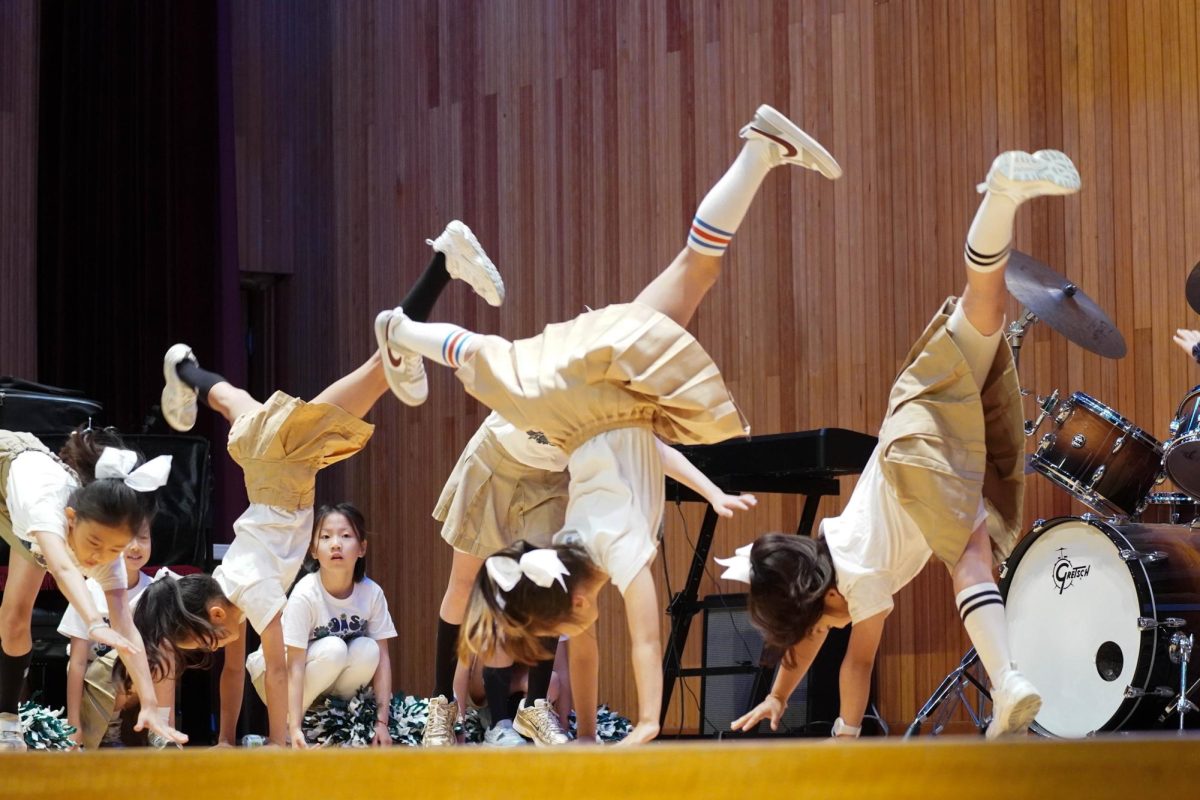
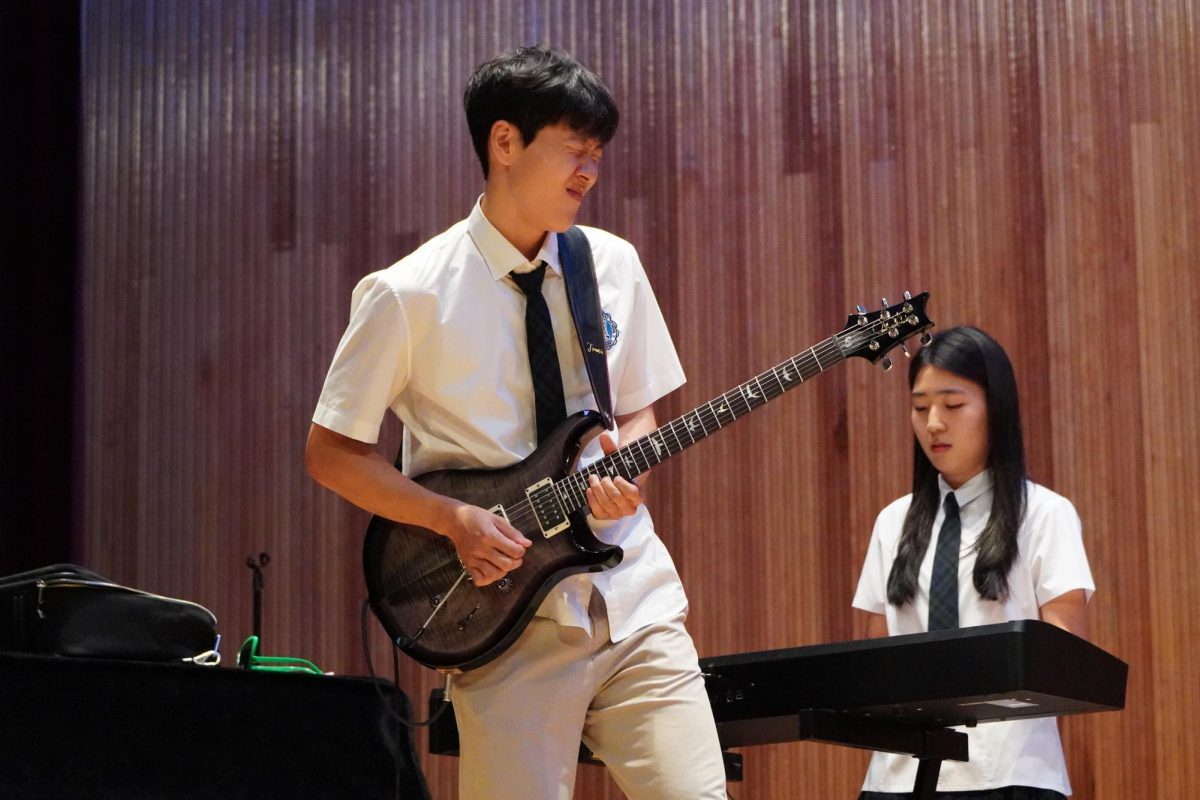


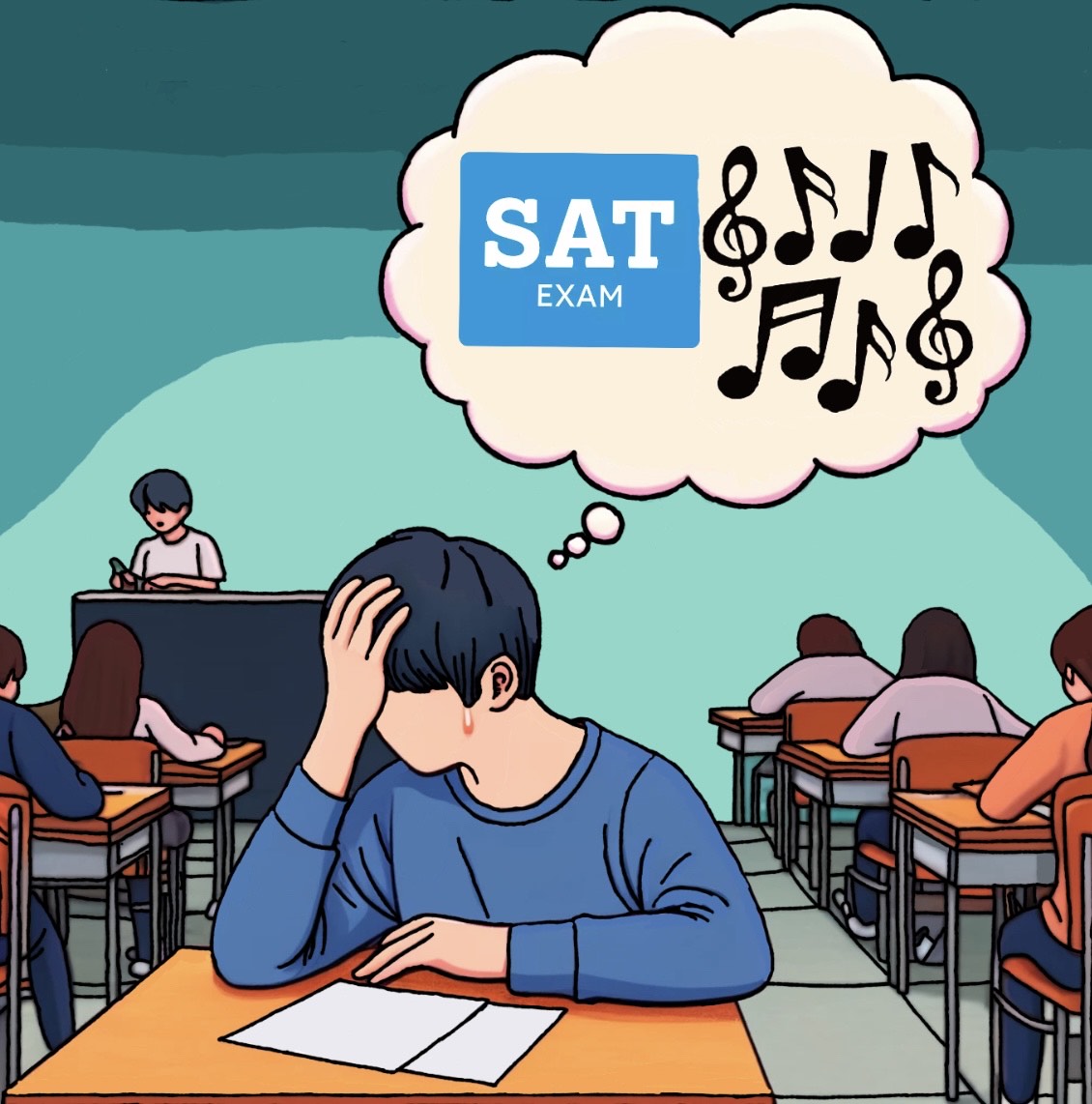
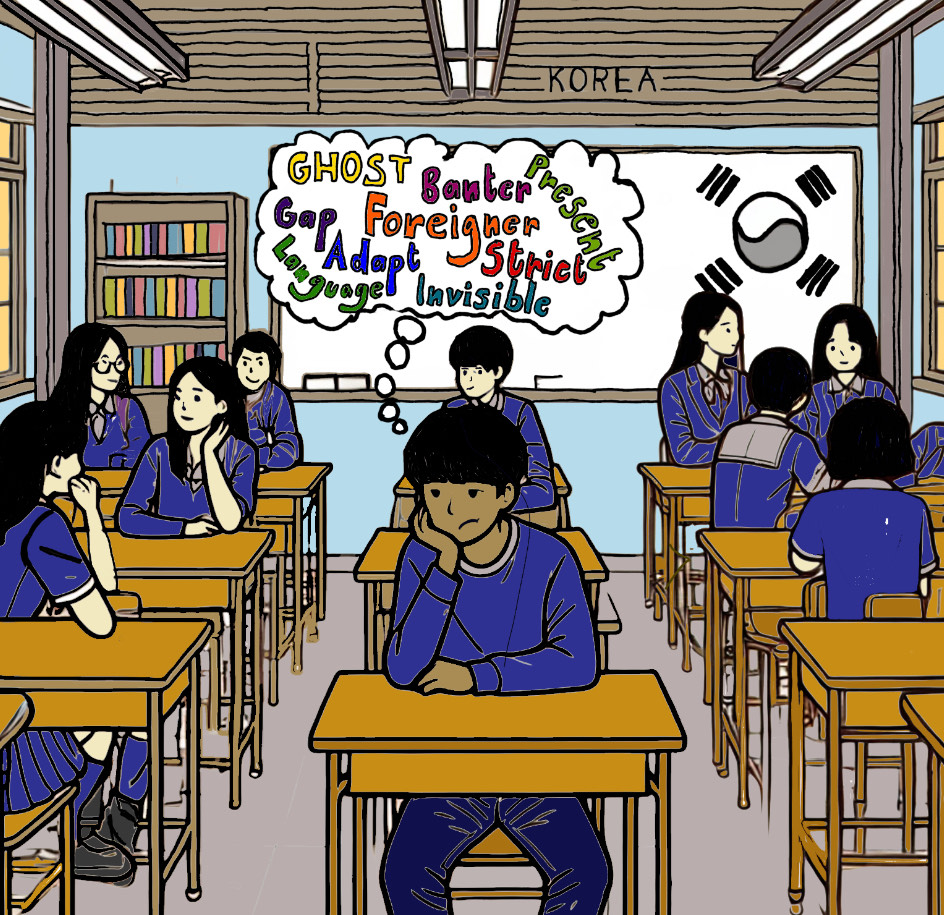






















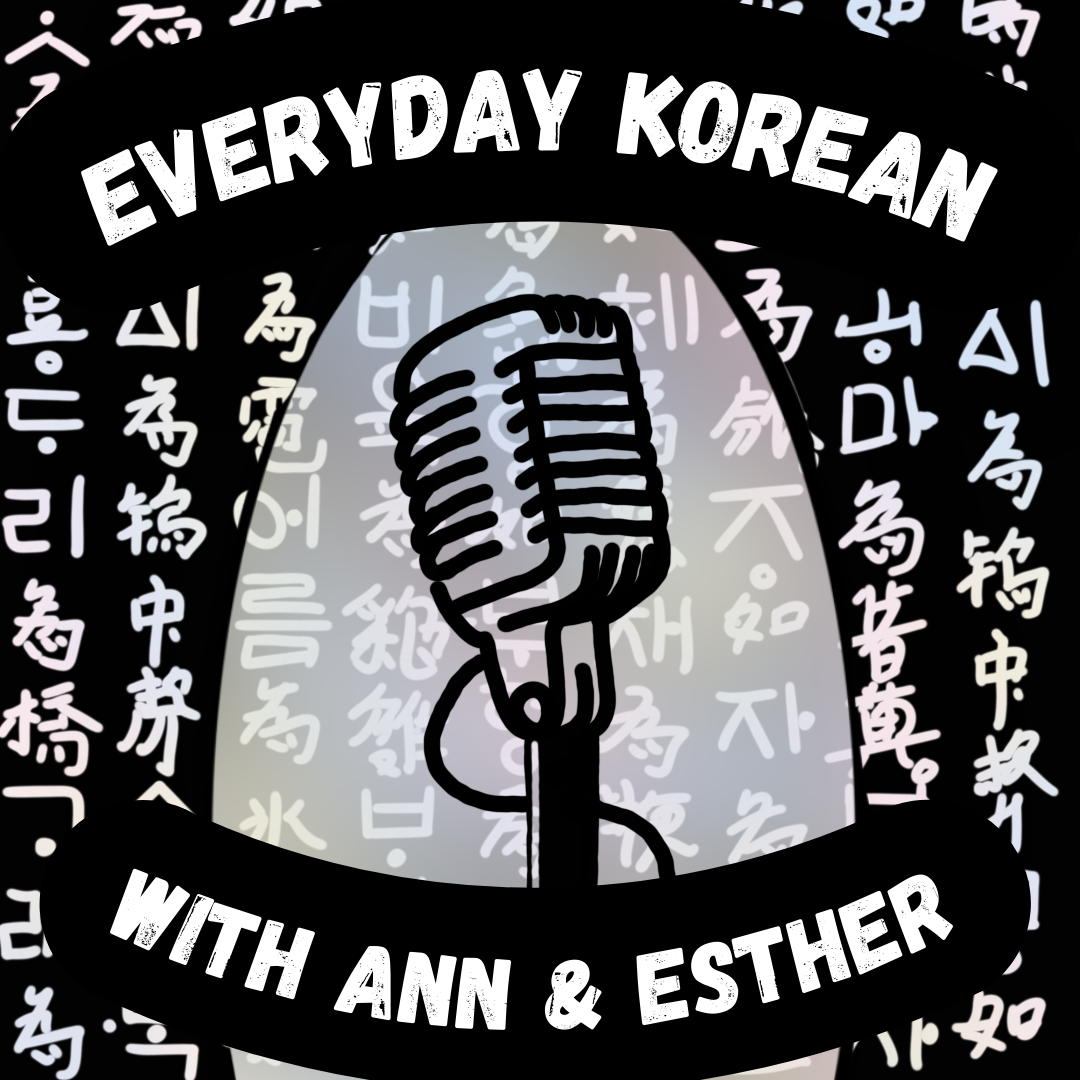



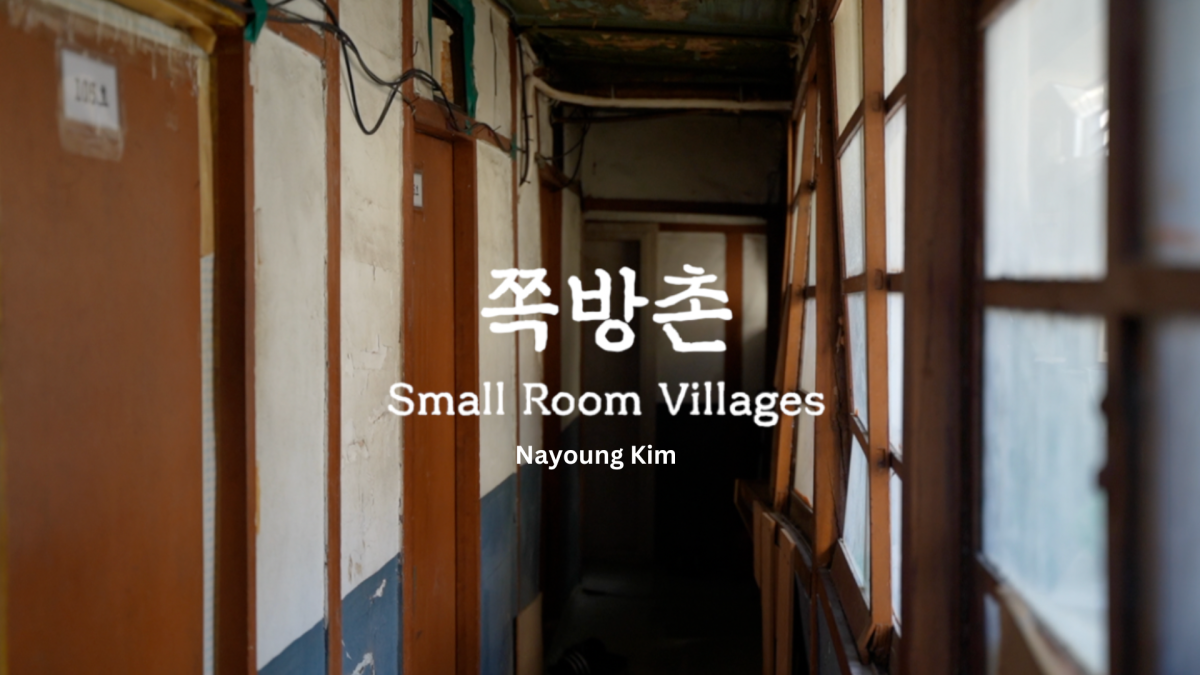
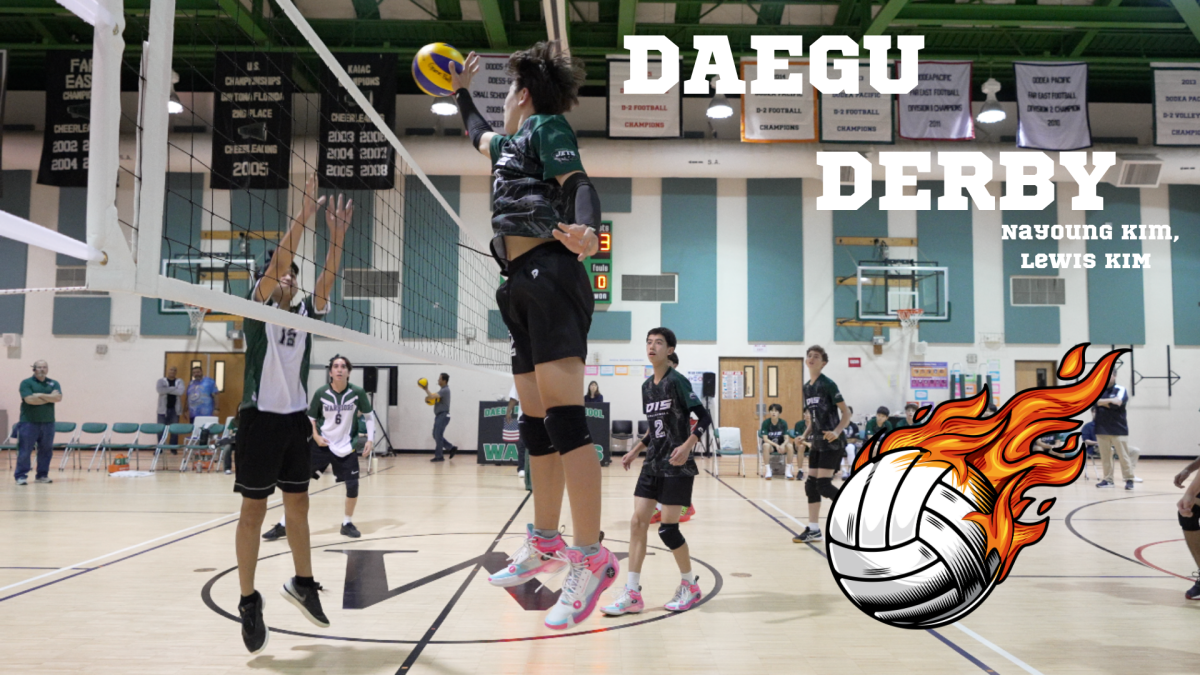



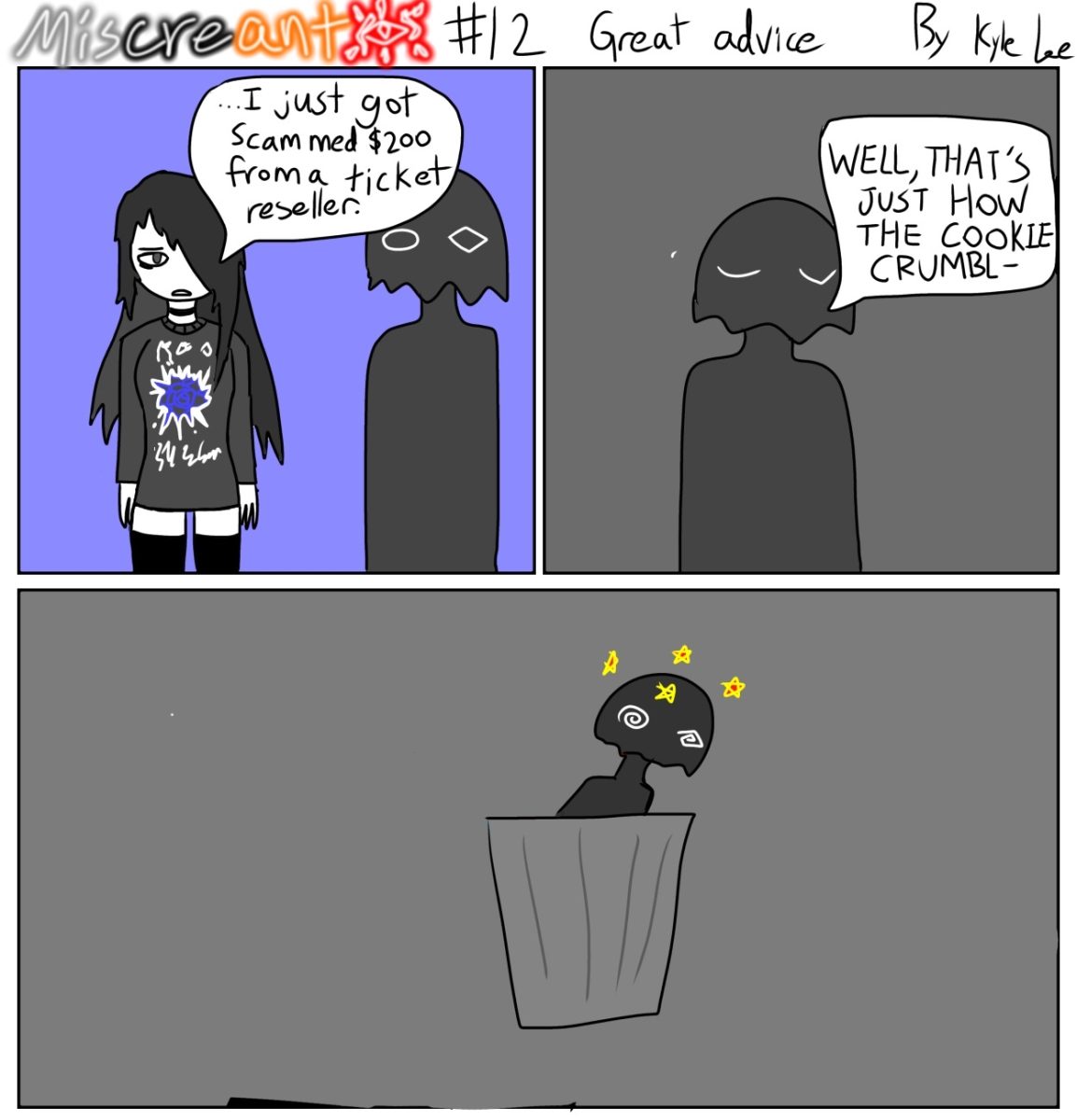
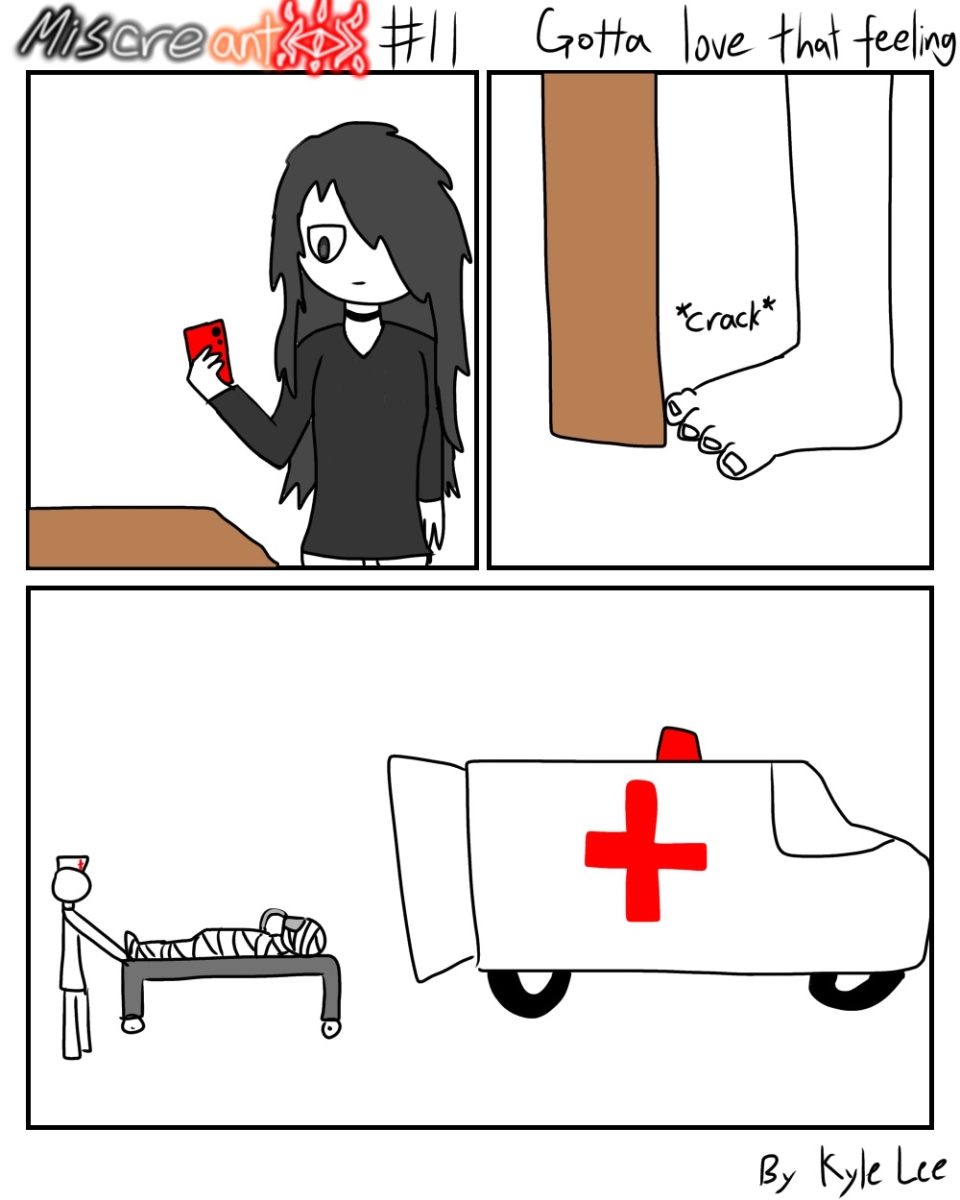


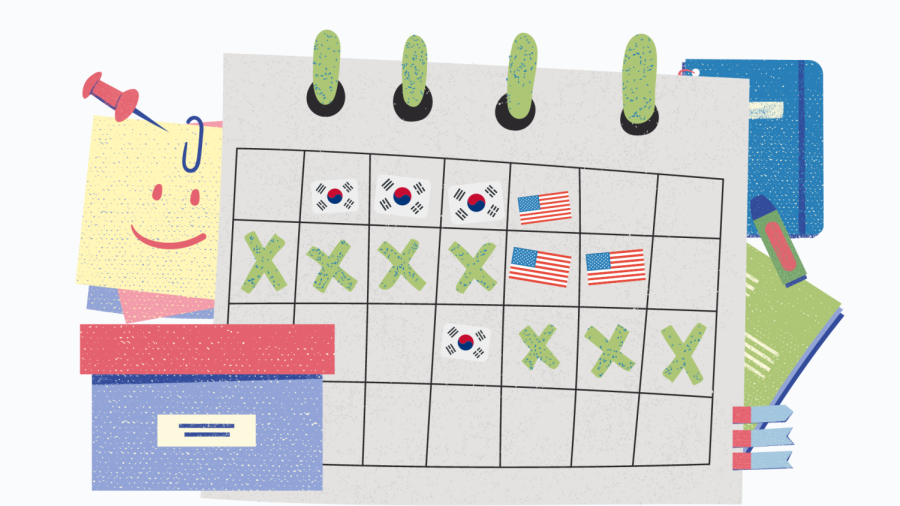



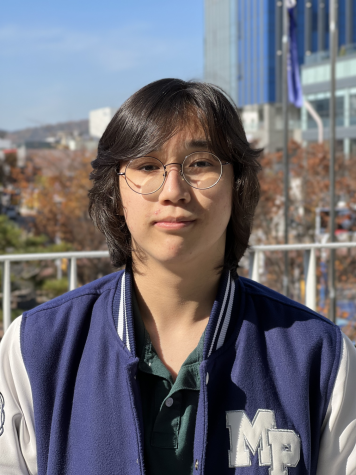
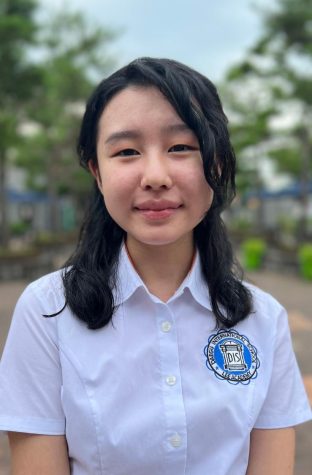
Jio • Jan 13, 2022 at 6:35 pm
I agree that we have a very good equal amount of breaks for Korean and English vacations!
Leewen and Aiden • Jan 13, 2022 at 6:32 pm
The article is very interesting because it shows other schools vacation and we can compare with our school. I got to learn that how our school changed by matching the some of the breaks with the korean school.